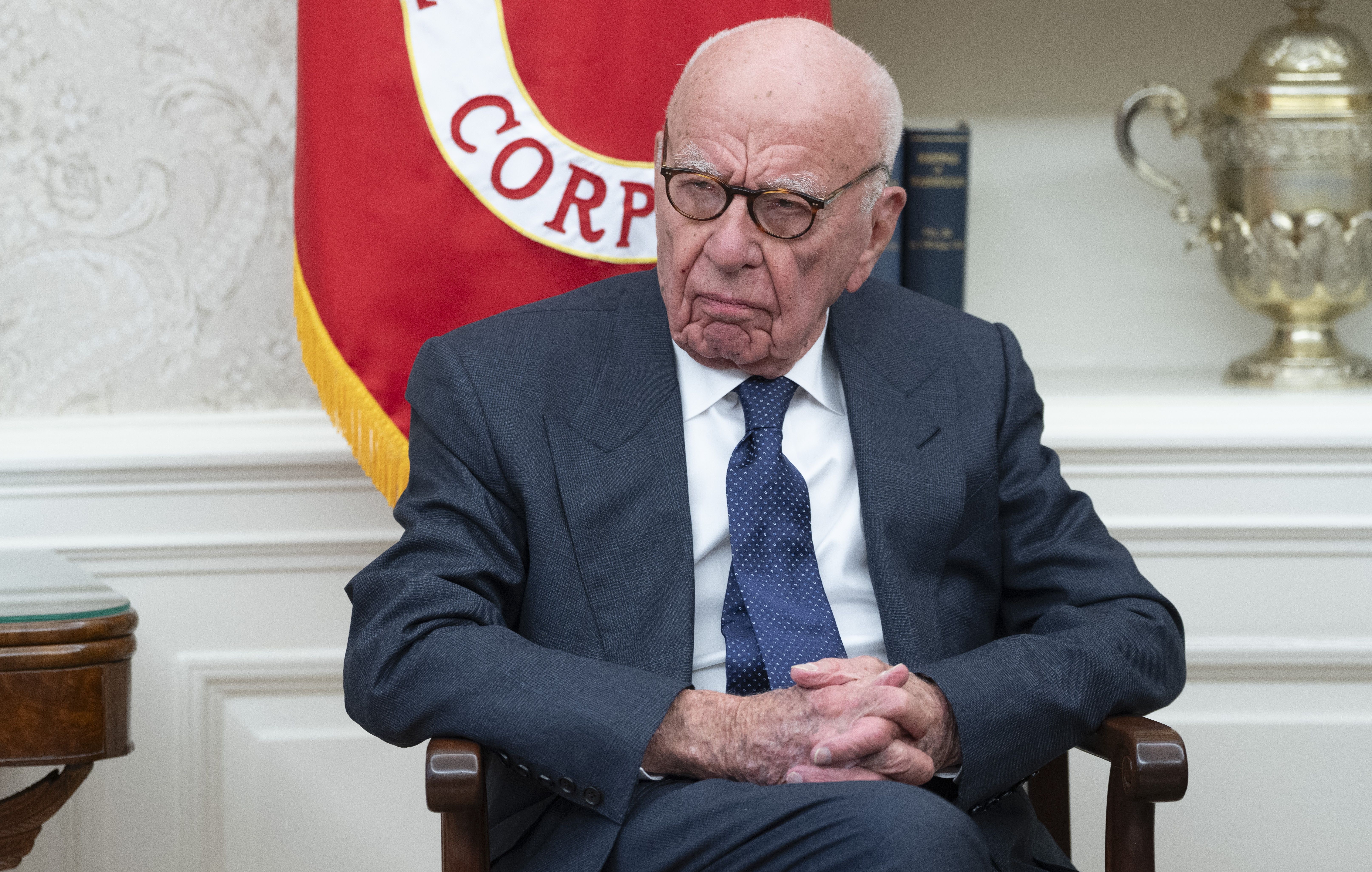Neocons pushing President Trump to abandon negotiations with Iran over its nuclear program and instead prioritize military action apparently have a heavy hitter in their corner: Republican Party king-maker Rupert Murdoch.
The battle between Trump’s MAGA loyalists and the neocons over war with Iran intensified last week when right-wing media star Tucker Carlson railed against conservative talk show host Mark Levin for continuing to push the president to attack Iran instead of making a deal over Tehran’s nuclear program.
Politico reported on Tuesday that Carlson’s attack on Levin came after he was tipped off that during a private lunch with Trump at the White House hours prior, Levin was urging the president “to allow the Israeli government to strike Iranian nuclear sites.”
While the New York Post — one of the crown jewels of Murdoch’s media empire — has been targeting Trump’s top Middle East envoy Steve Witkoff over his talks with Iran, the Politico report adds that the Fox News chairman’s role in the campaign to get Trump to back off seeking a nuclear deal is much more involved.
Murdoch has apparently “privately complained to confidants about Witkoff’s efforts” and one source close to Trump said that “Levin and Murdoch are all over Trump all the time.” But the source said that the lobbying “might actually hurt their case,” adding, “[o]nce he’s kind of made his mind up, you can come at it later from a different angle, but you keep pressing, he digs in.”
Meanwhile, according to Politico, other Trump aides are concerned that those advocating against a deal or pushing for war can have influence on the president:
Still, even among those pressing for diplomacy, there is concern about the president’s penchant for changing his mind depending on who he’s last spoken to. There’s a fear Trump — who has threatened to bomb Iran if they don’t come to heel — could act on rhetoric many largely deem negotiating bravado.
“[Trump is] very solid in what he wants and letting Witkoff do his thing,” said one person close to the talks. “But depending on who he hears from, he may move a little bit.”
Ultimately “a longtime Trump ally” says the president “is not going to support war” with Iran. “But I’m telling you,” the ally said, “these guys won’t take no for an answer.”
















